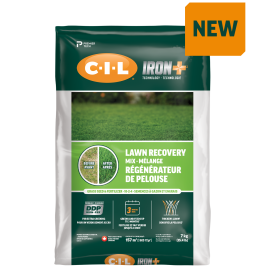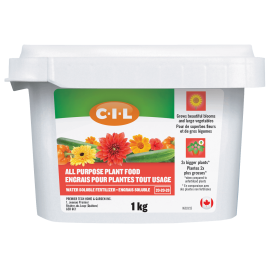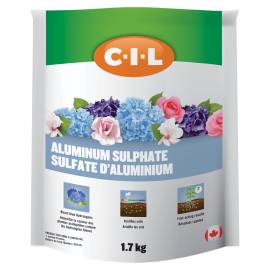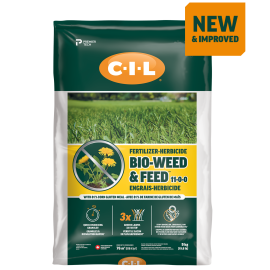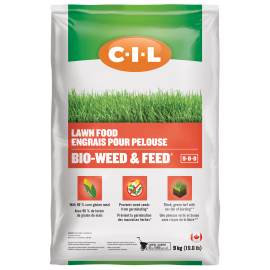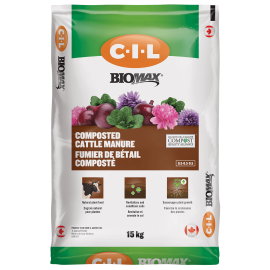What do the Letters NPK Mean in a Fertilizer?
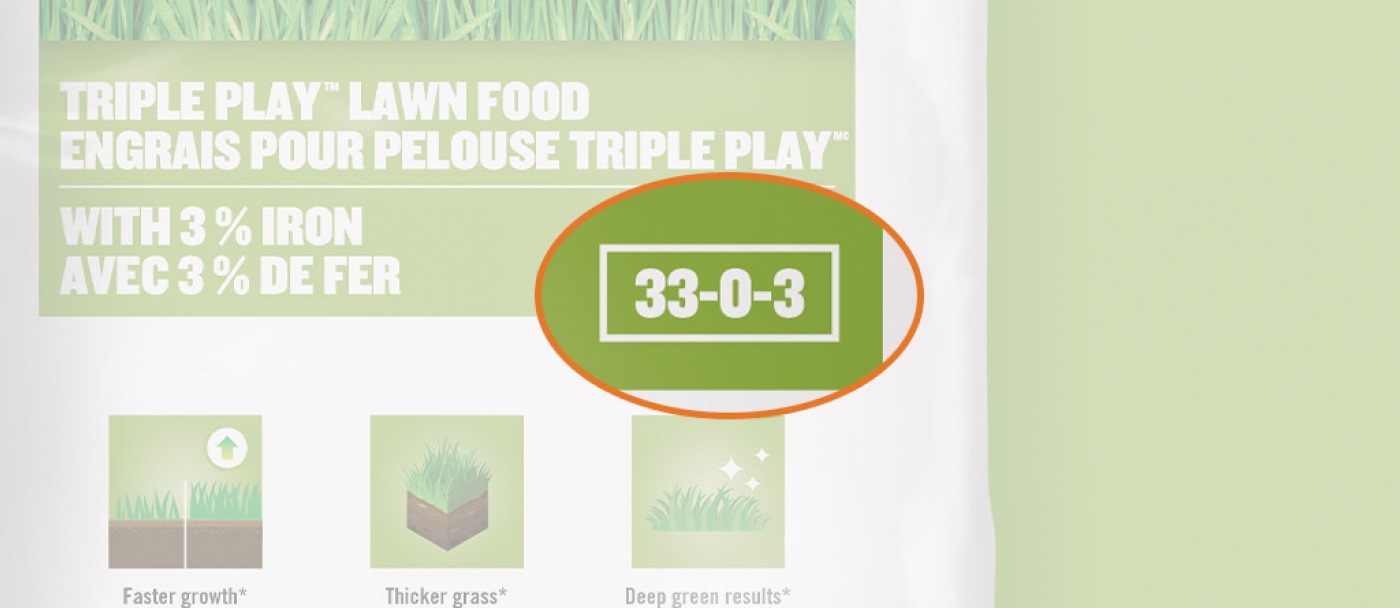
You’ve probably noticed the letters N, P, and K on bags or boxes of commercial fertilizer. Although it can get a bit confusing, it’s important to understand the meaning of each letter.
In short, fertilizers are labeled N, P or K to indicate their nutrient content in terms of nitrogen (N), phosphorus (P), and potassium (K). All three are important for plant growth.
Understanding NPK
The three letters, N, P, and K, correspond with three numbers that indicate the percentage of each nutrient in that particular product. For example, a product marked 10-10-10 contains 10 percent nitrogen, 10 percent phosphorus and 10 percent potassium. A bag marked 20-20-20 containers twice as much of each nutrient.
NPK numbers aren’t always equal. You may see a product marked 9-3-6 or 25-4-2. You may also notice that some products are marked, for instance, 12-0-0, which means it contains nitrogen but no phosphorus or potassium; or 0-10-0, which means it contains phosphorus but no nitrogen or potassium.
What fertilizer should I choose for my flowers and my vegetables
Fertilizers with all three components are known as complete fertilizers, while products missing one or two components are incomplete fertilizers. While most plants need all three nutrients, some have very specific needs. Also, some soils may be very high in one or two of the elements, while needing supplementation in others.
What does it mean?
Nitrogen is vital for plant growth. It aids in photosynthesis, thus converting the sun’s energy into sugar. Nitrogen is the substance that produces green, leafy plants. Without sufficient nitrogen, a plant may weak or stunted, while too much can create lush growth but no blooms.
Phosphorus also plays an important role in photosynthesis. Additionally, it stimulates healthy root growth and is necessary for the development of buds and flowers. Without enough phosphorus, foliage may take on a bluish tone, stunted growth, or fewer blooms.
Potassium promotes healthy, strong plants with more resistance to pests and disease. It is also involved in transporting water and nutrients throughout the plant. A lack of potassium may show up in various ways, such as curled leaf tips, yellowing leaves, foliage with purplish or brown spots or stunted growth.
